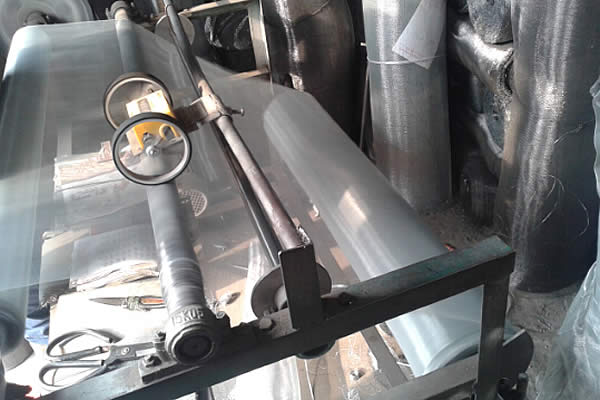 TEL:
+86-13102802206
TEL:
+86-13102802206
 Email:
fencenetting@china.com
Email:
fencenetting@china.com
 Language
Language
 TEL:
+86-13102802206
TEL:
+86-13102802206
 Email:
fencenetting@china.com
Email:
fencenetting@china.com
 Language
Language


MIG Welding Cast A Comprehensive Overview
Metal Inert Gas (MIG) welding, also known as Gas Metal Arc Welding (GMAW), is a popular welding process employed in various industries due to its versatility and efficiency. One of the common applications of MIG welding is in joining cast metals, which presents unique challenges and opportunities for welders.
Understanding Cast Metals
Cast metals, particularly cast iron and aluminum, are widely used for their excellent mechanical properties and ease of manufacturing complex shapes. However, welding these materials can be challenging due to their brittleness and tendency to crack. Cast iron, for instance, is relatively high in carbon content, which can lead to issues such as crater cracking and porosity during the welding process.
The MIG Welding Process
MIG welding utilizes a continuously fed wire electrode and a shielding gas to protect the weld pool from contamination. The process is notable for its high deposition rates and ability to produce clean and precise welds. When it comes to welding cast metals, selecting the right type of filler material is crucial. For cast iron, cast iron electrodes or specialized MIG welding wires that contain nickel are often used to enhance the weld's ductility and strength.
Pre-Welding Preparations

Before starting the MIG welding process on cast metals, proper surface preparation is vital. Cleaning the welding area to remove rust, dirt, and oil prevents contamination that could weaken the weld. Additionally, pre-heating cast iron can help reduce thermal shock and the risk of cracking. Pre-heating typically involves warming the material to a temperature of approximately 400-500°F, though this may vary based on the specific alloy.
Welding Techniques
When welding cast materials, employing the right techniques can significantly impact the outcome. As MIG welding is a fast process, controlling the heat input is essential. Using a short-circuit arc technique can be beneficial, as it allows for better control over the penetration and helps maintain a lower overall heat input. Welders should also strive for a weave pattern to distribute heat evenly across the weld area and minimize the risk of additional cracking.
Post-Welding Considerations
After completing the weld, allowing the joint to cool gradually is critical to preventing post-weld cracking. Slow cooling can be achieved by insulating the welded part. Additionally, stress relief techniques such as heat treatment may be applied to enhance the durability of the weld.
Conclusion
MIG welding cast metals may present challenges, but with the right techniques, preparations, and awareness of material properties, successful welds can be achieved. By understanding the characteristics of cast metals and applying effective MIG welding practices, welders can create strong and reliable joints that meet the demands of various applications. As technology advances, further improvements in MIG welding processes and materials will likely continue to enhance the capabilities of this versatile technique in the realm of cast welding.